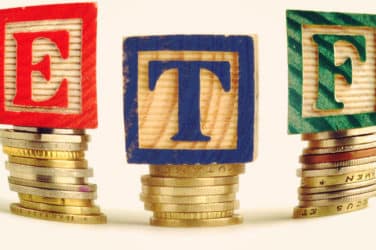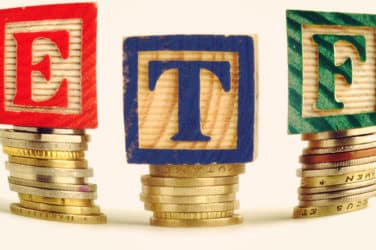
Exchange-traded funds continue to grow, yet the industry’s growth may stem from institutional investors.
Traditionally, passive investing through vehicles such as exchange traded funds (ETFs) has been most favored by retail/individual investors, and the intermediaries who serve them. In an institutional portfolio, they’ve been said to be merely placeholders.
Yet, for State Street Global Advisors (SSgA), the creator of the first ETF, the Spider (SPDR), “passive is massive.”
“There are ‘power users’ of ETFs, such as the pensions, endowments and foundations,” said Jim Ross, senior managing director of SSgA and president and director of SSgA Funds Management.
“People have a perception that ETFs are used to get in and out, and are just for active traders, which is not true. They’re used for tactical asset allocation, and to gain both narrow and broad diversification.”
Ross projects that the industry’s future growth will stem from buy-side institutions, i.e. the buy and hold firms, not the “trading-oriented” firms.
According to SSgA data, the California Public Employees’ Retirement System (CalPERS), reportedly the largest U.S. pension with nearly $180 billion under assets, has more than a $100 million long-term oriented position in SPDR ETFs.
The firm is not alone. Texas Teachers Retirement System and Lockheed Martin’s private plan invest heavily with the SPDR Gold Shares ETF. Burlington Northern Santa Fe, which manages the BNSF railway, has a large stake in the SPDR S&P Dividend.
Although institutional use is growing, Ross acknowledged that ETFs are not always a good fit for many defined contribution (DC) models due to the latter’s operational constraints. Many DC plans utilized an end-of-day net asset value (NAV) which is not always suitable for intraday traded vehicles such as ETFs.
ETFs reportedly account for 34% of average daily trading volume. Part of the vehicle’s success can be attributed to its “democratization,” according to Ross.
“ETFs have become successful because they’ve democratized assets, whereas there exists places where individuals have struggled to invest,” he said. “The core tenants of ETFs are that they’re liquid, transparent, and low-cost. There are no different pricing schemes for different investors.”






